Is a boom in trekking
an uphill
task for conservation?
As demand for soft adventure soars, the lack of regulations puts trekkers' lives and the fragile ecosystems they explore at risk.

Over the last decade and a half, Ganga Singh, a resident of Sankri in Uttarakhand has witnessed his village transform from a picturesque landscape into a concrete jungle. The chir pine trees on the snow-capped mountains have made way for multi-storeyed hotels, hostels and homestays. The lush green meadows and farms next to this village today have large uncovered pits with human waste.
Situated at the foothills of Himalayas, Sankri is the gateway to seven popular trek routes.
“Till 2015, every year, 100-150 foreign trekkers would have made Sankri their base camp by pitching tents. Then, there were only 400 families living here. Today, more than 200 hotels, 45 hostels and around 300 homestays have mushroomed in this area,” Singh told DH over the phone.
More than 100 villagers, including Ganga Singh, are now demanding that hoteliers and tour operators take only the permitted number of tourists per season. He says unregistered tour operators from various parts of the country offer trekking packages at low costs, resulting in a huge influx of tourists.
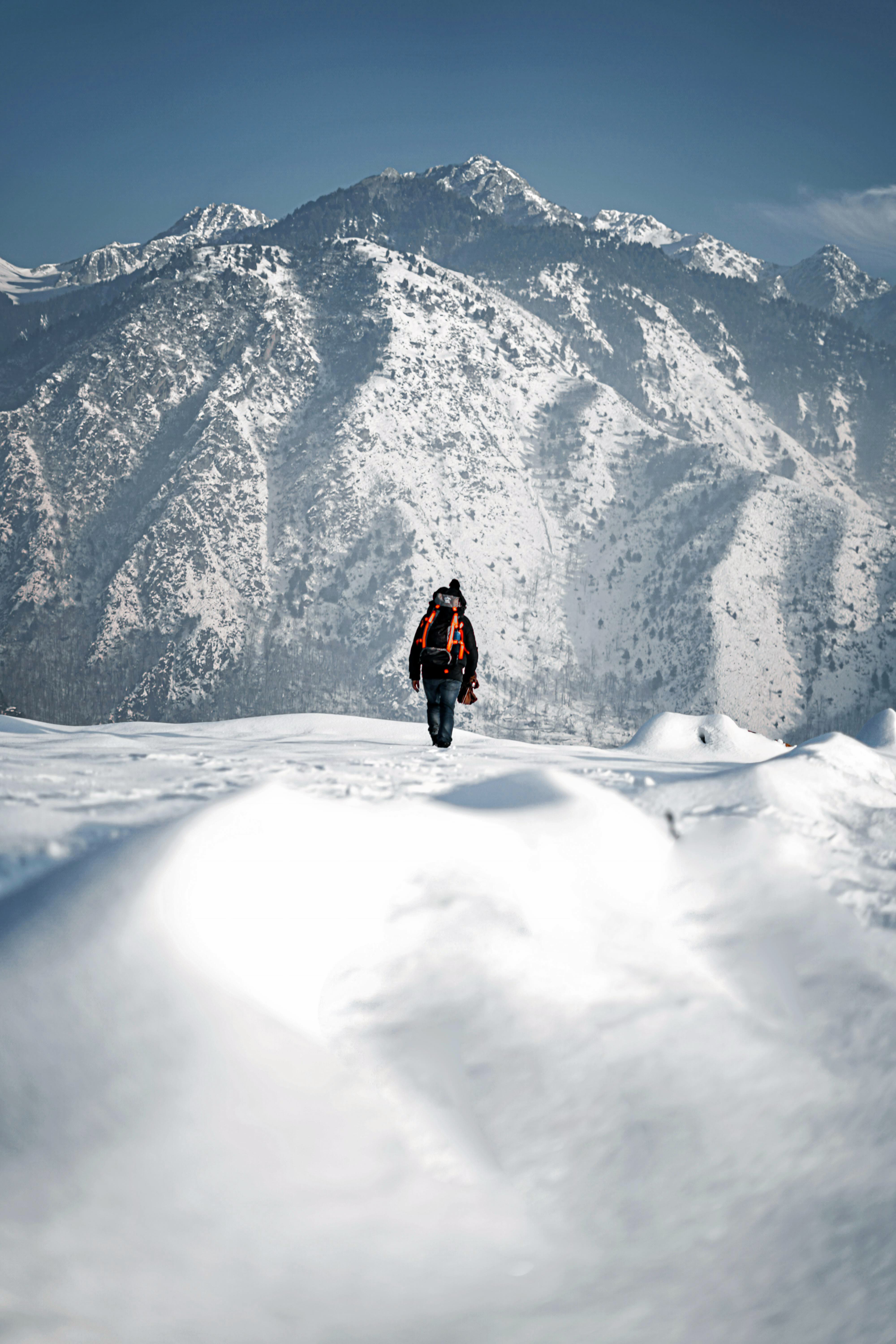
“Our protest is to protect our fragile land. Our drinking water gets contaminated with human excreta from the large pits dug in farms, once the ice starts melting. Local tour operators are also unable to compete with the star hotels set up by outsiders,” he says.
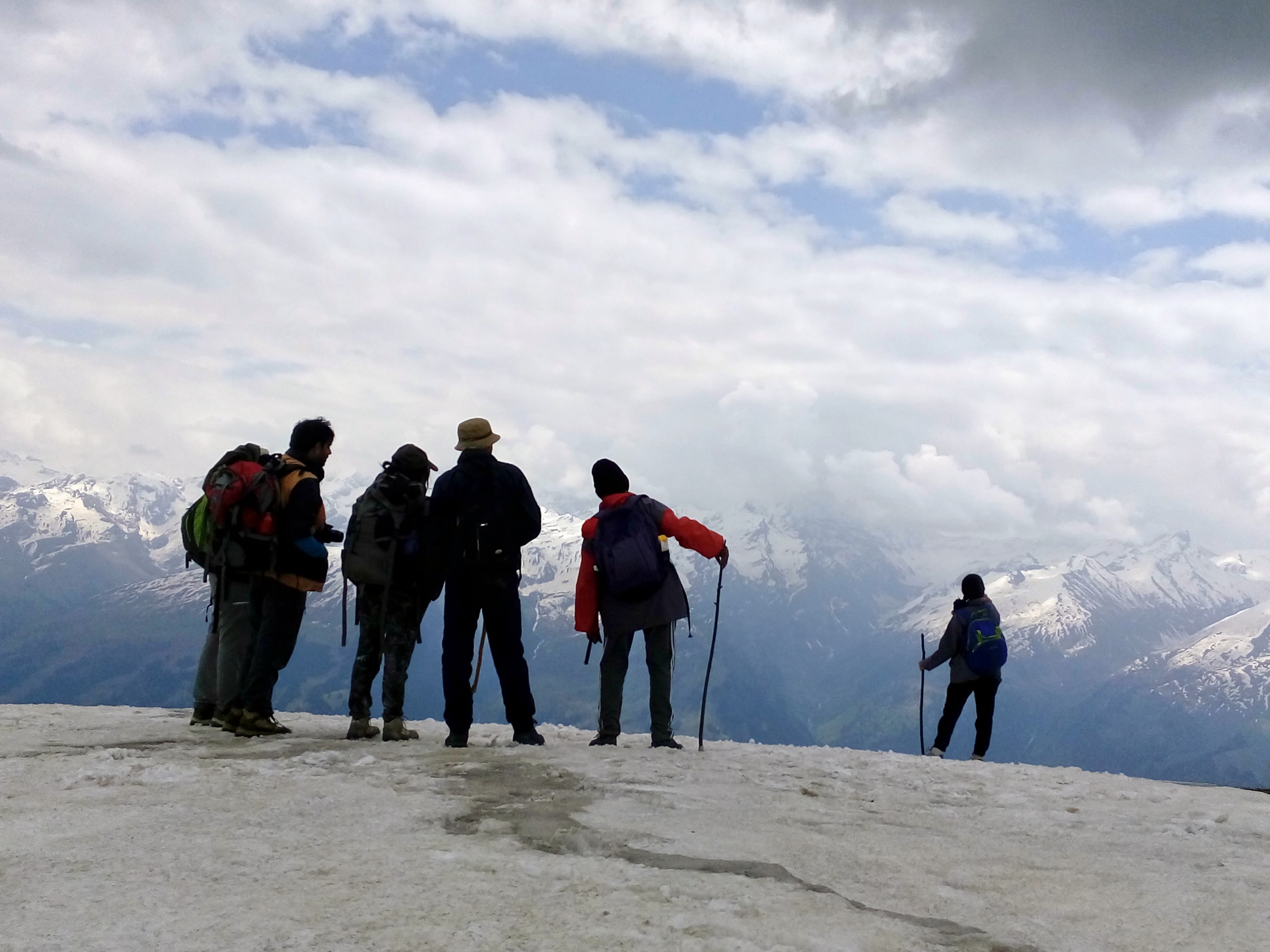
The village is also a base camp for pilgrims and trekkers who wish to visit the Kedarkantha peak, one of the most sought-after trekking sites in India. To witness the first sunrise of 2022, more than 3,000 ‘tourist trekkers’ had assembled on the Kedarkantha Peak, which can accommodate a maximum of 1,000 people.
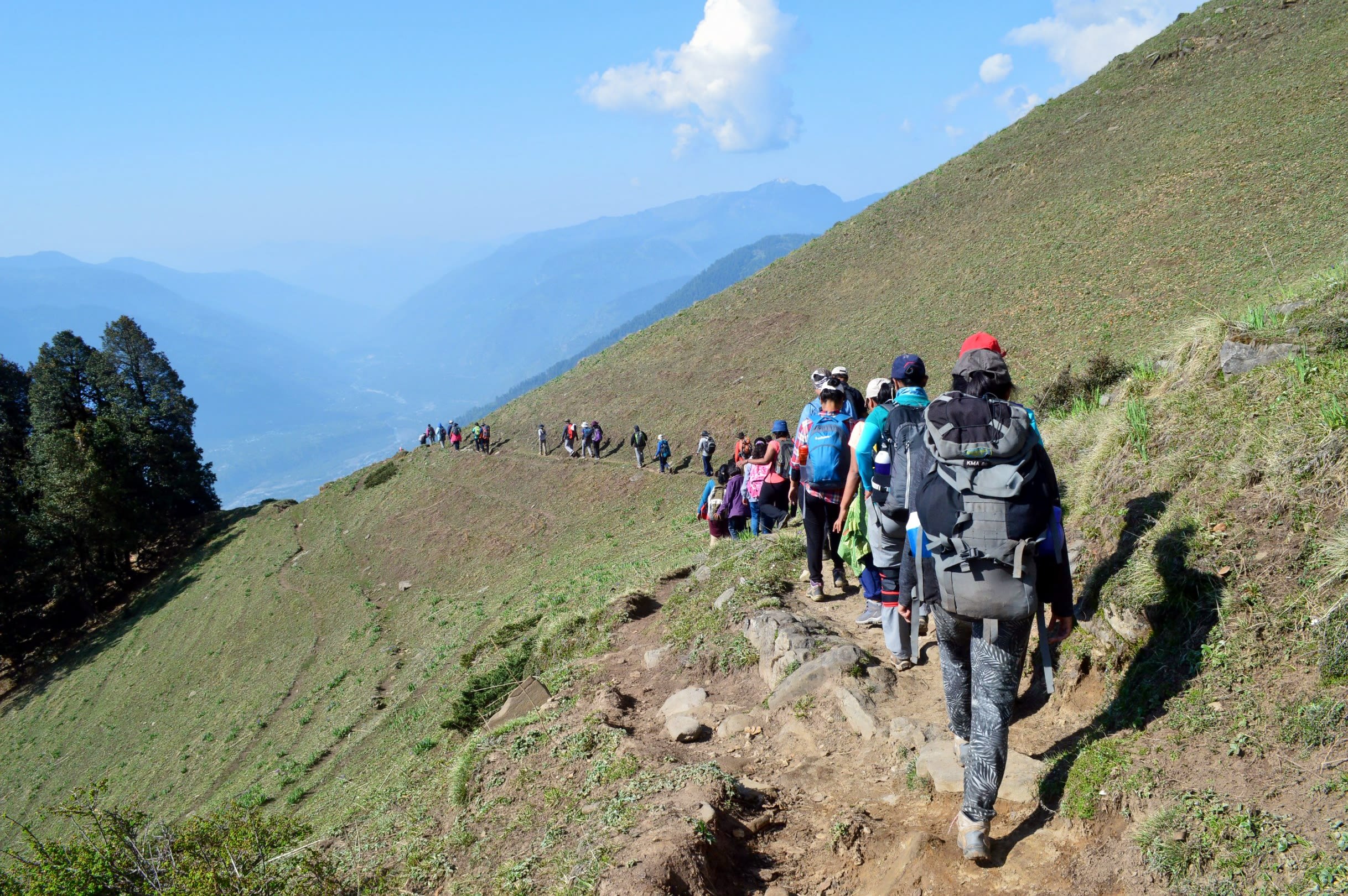

“There was a stampede-like situation on the Kedarkantha peak (in 2022). People were pushing each other to behold the sight which spanned a few minutes,” says Mussoorie-based seasoned trekker Aman Panwar.
“The day after tourists left the place, the base camp looked war-torn, littered with alcohol bottles, cigarette butts and snack wrappers,” Panwar adds. The influx of tourist trekkers in large numbers should have brought joy and income to the locals, but the local community feels that the costs outweigh the benefits.
Kedarkantha, Baraadsar lake, Devkyara, Bali pass, Ruinsara trek, Borasu pass and Har ki Dun treks, starting from Sankri village, are sought after by trekkers due to their moderate toughness.
“Tourists have helped generate employment and revenue, resulting in reverse migration among the locals but unregulated tourism has contaminated our water sources and fields. We are witnessing landslips and landslides. There is a constant fear among locals that Sankri could be the next Joshimath,” says Singh.
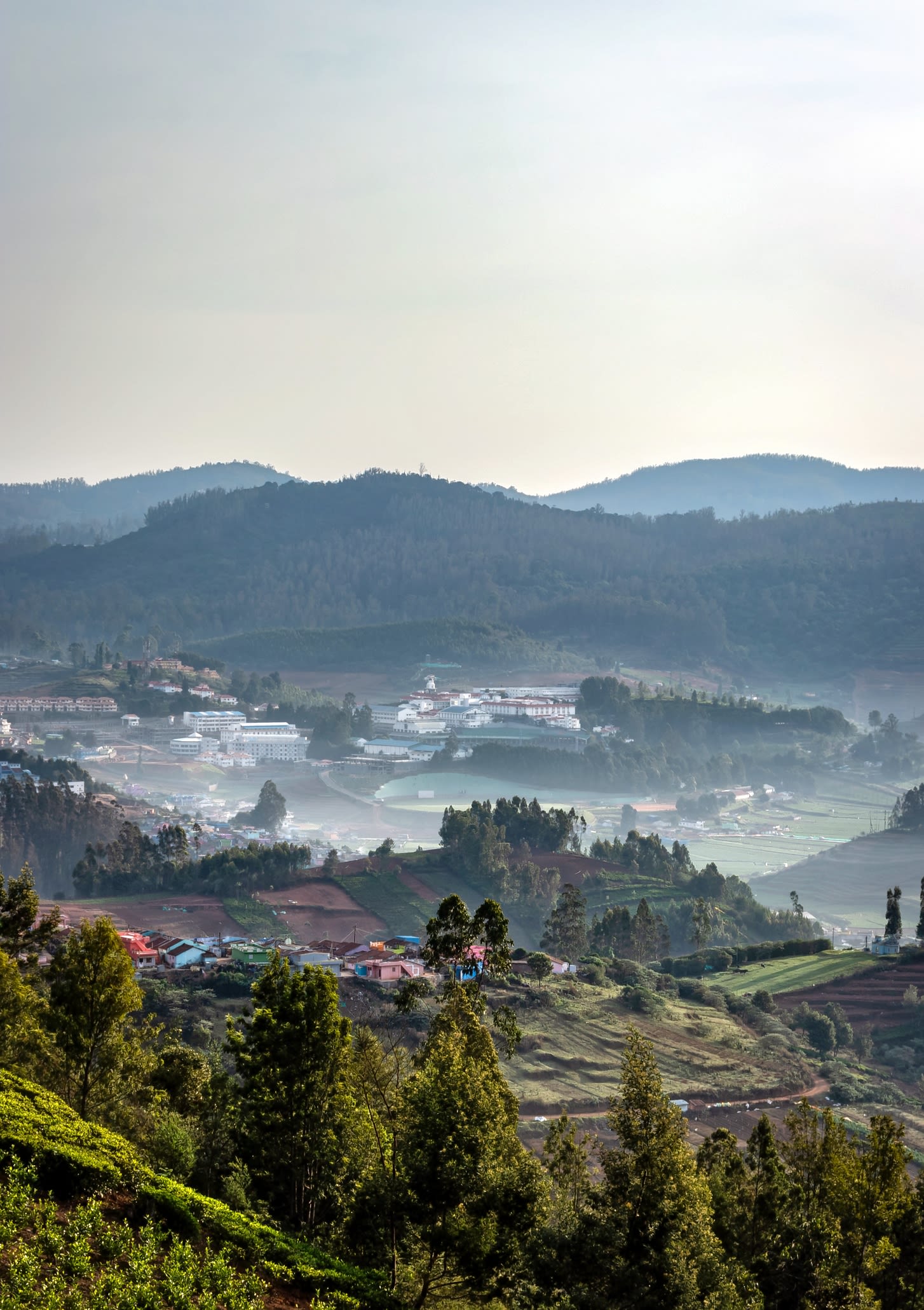
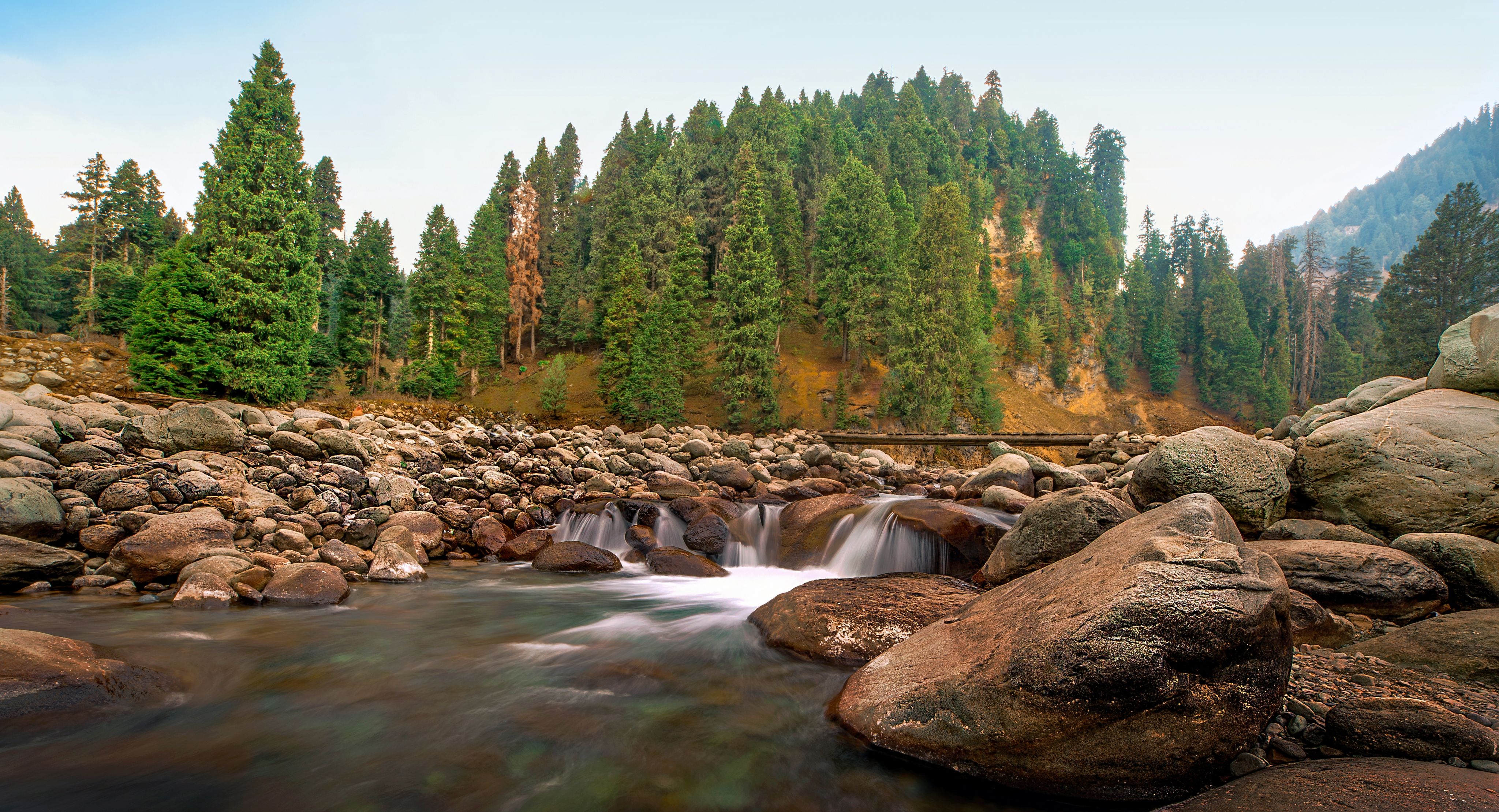
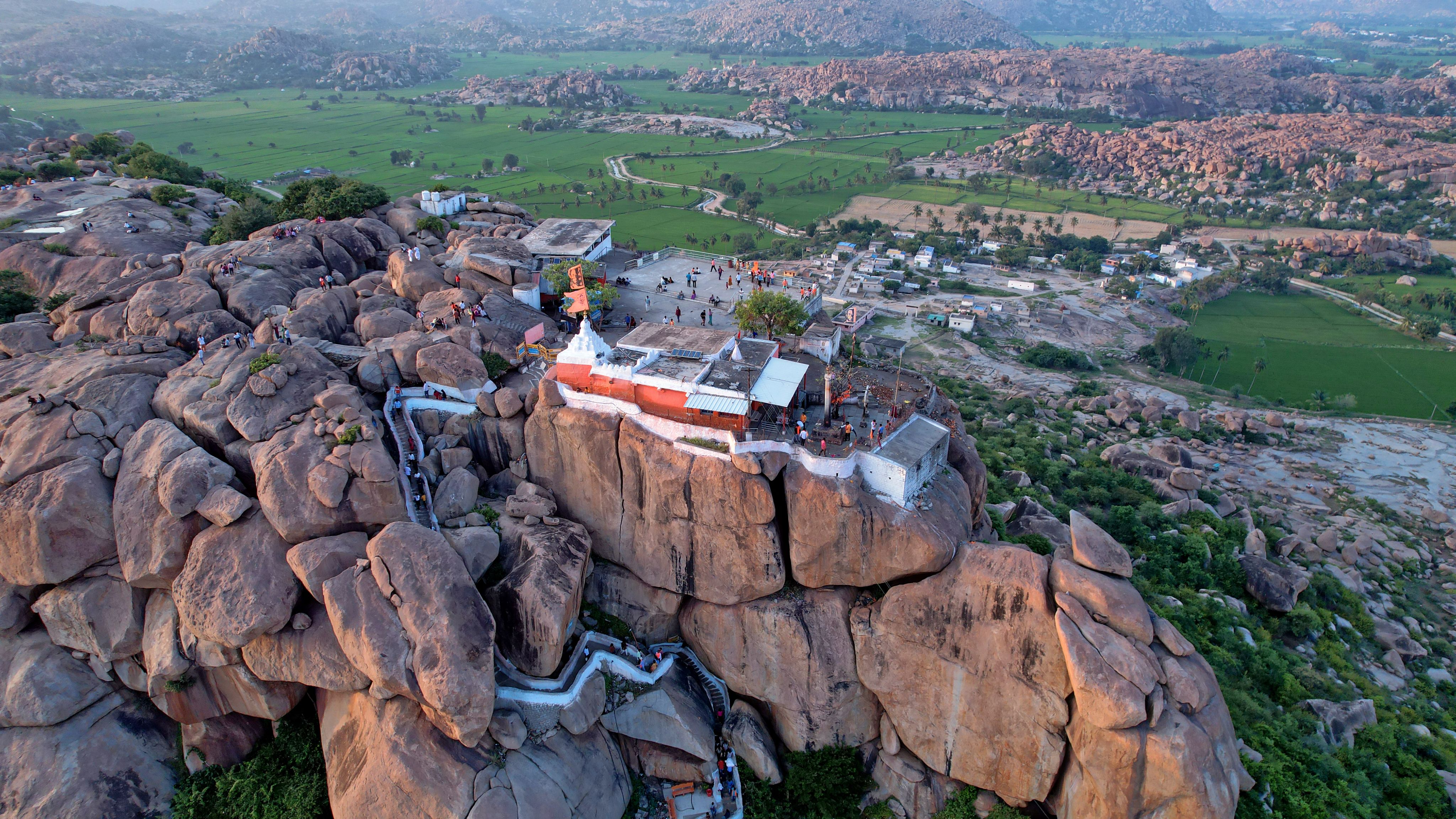
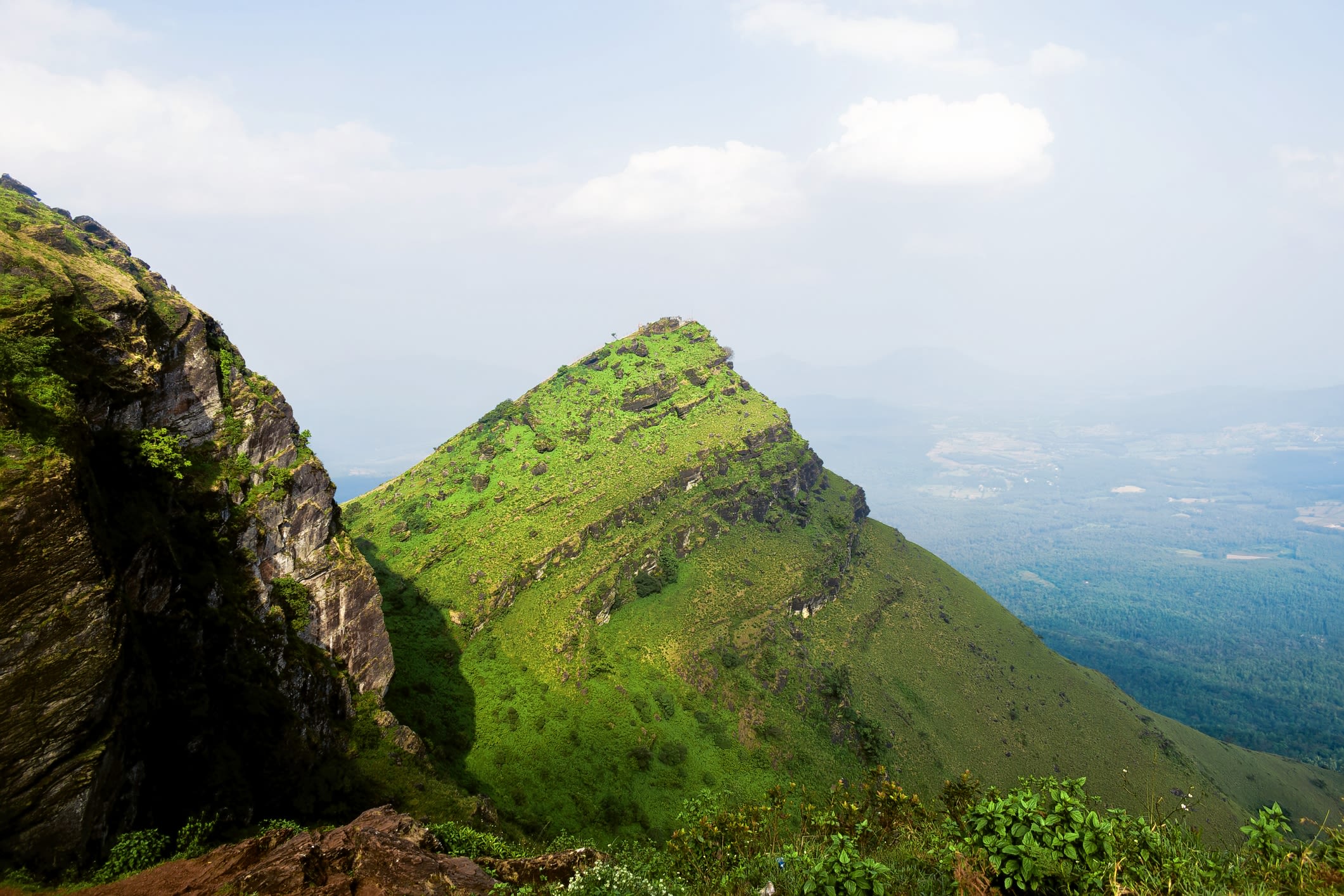
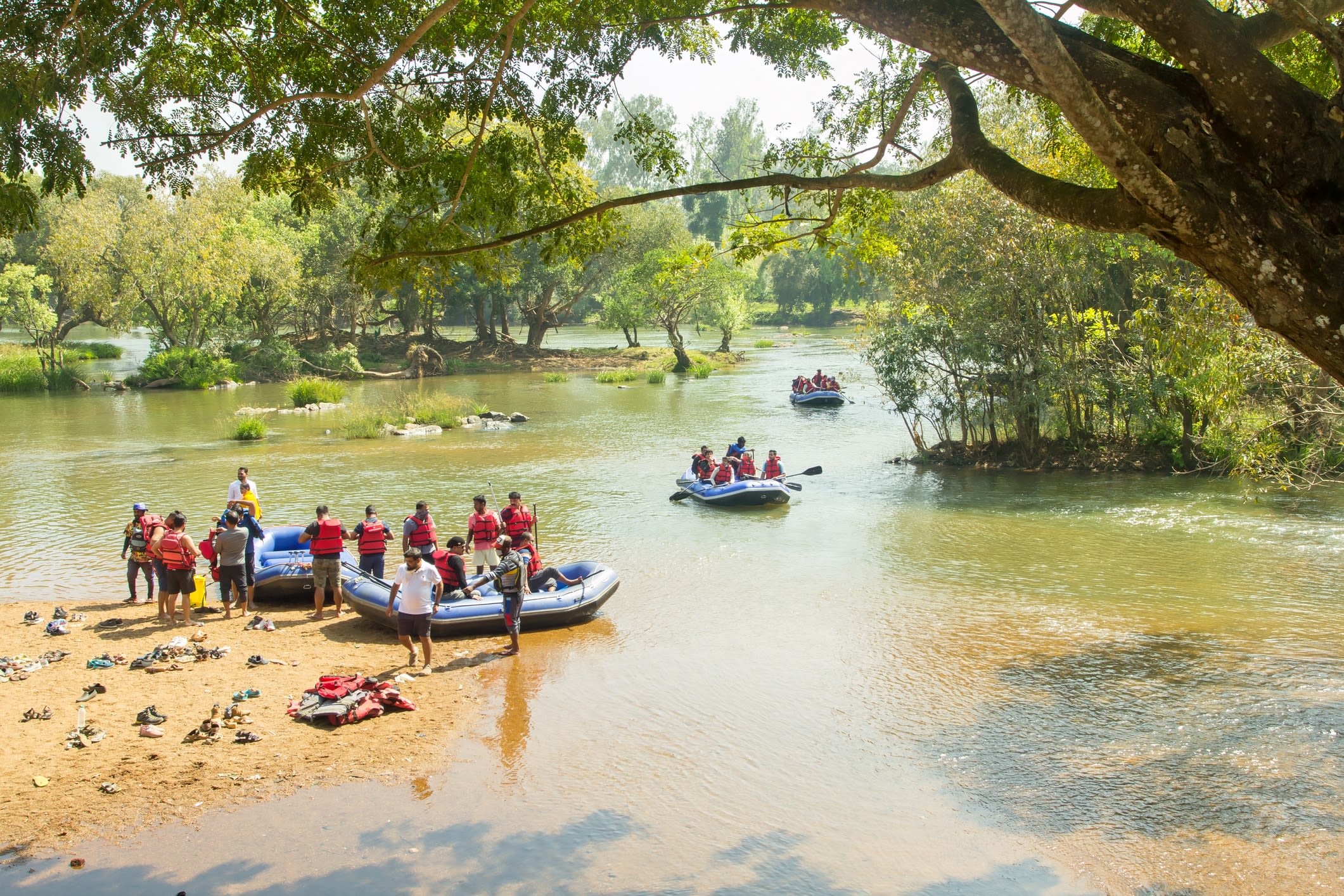
India, a trekker's paradise
With its diverse landscape and vast geographical expanse, India is considered a trekker’s paradise. From the majestic Himalayas to the scenic hills of the Western Ghats, India has a plethora of trekking trails that cater to all levels of
experience and interest.
Are hills the preferred choice for tourists in India?
Goa
Favoured destination in 2015: 16%
Favoured destination in 2017: 14%
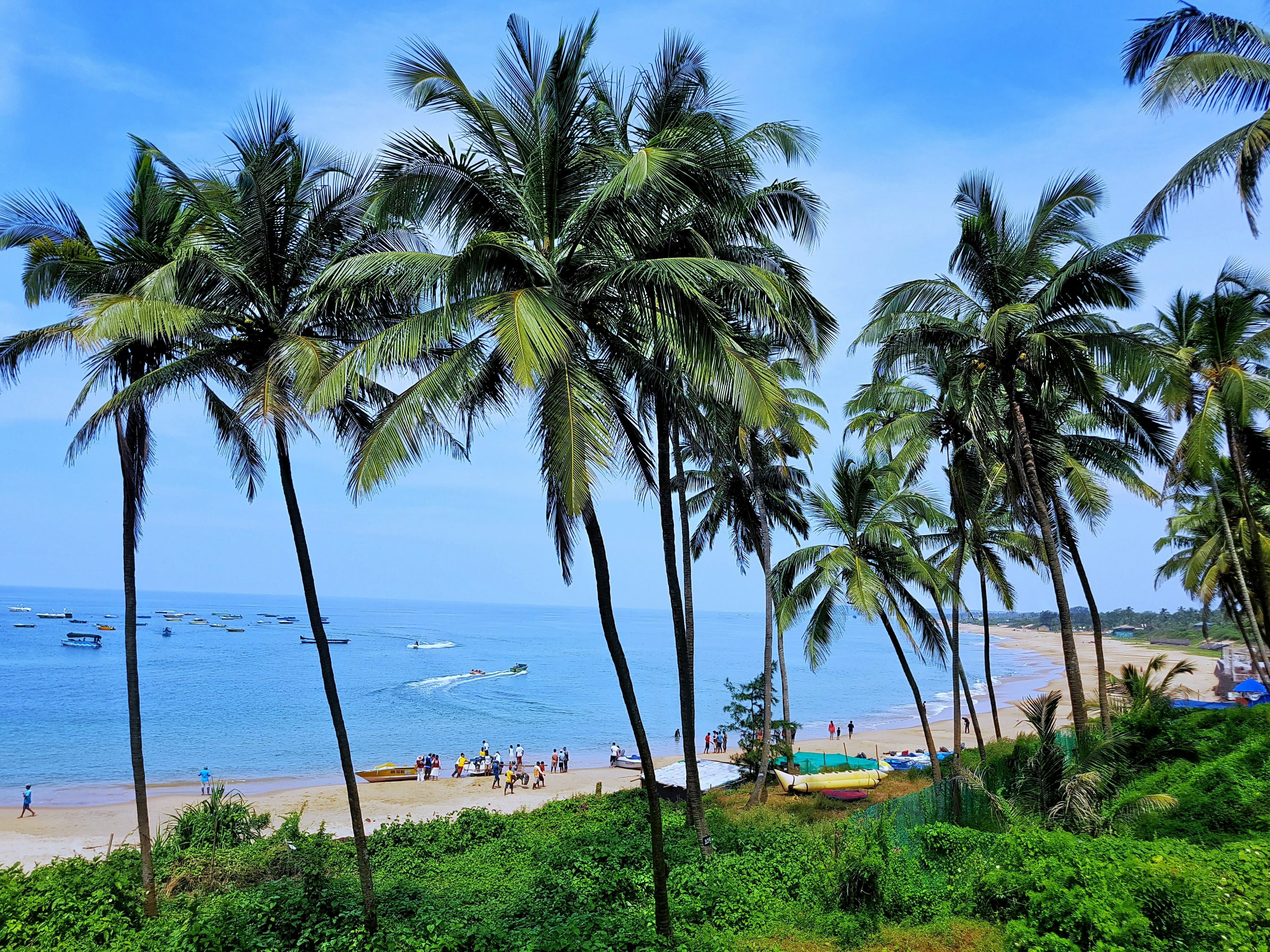
Kerala
Favoured destination in 2015: 15%
Favoured destination in 2017: 12%
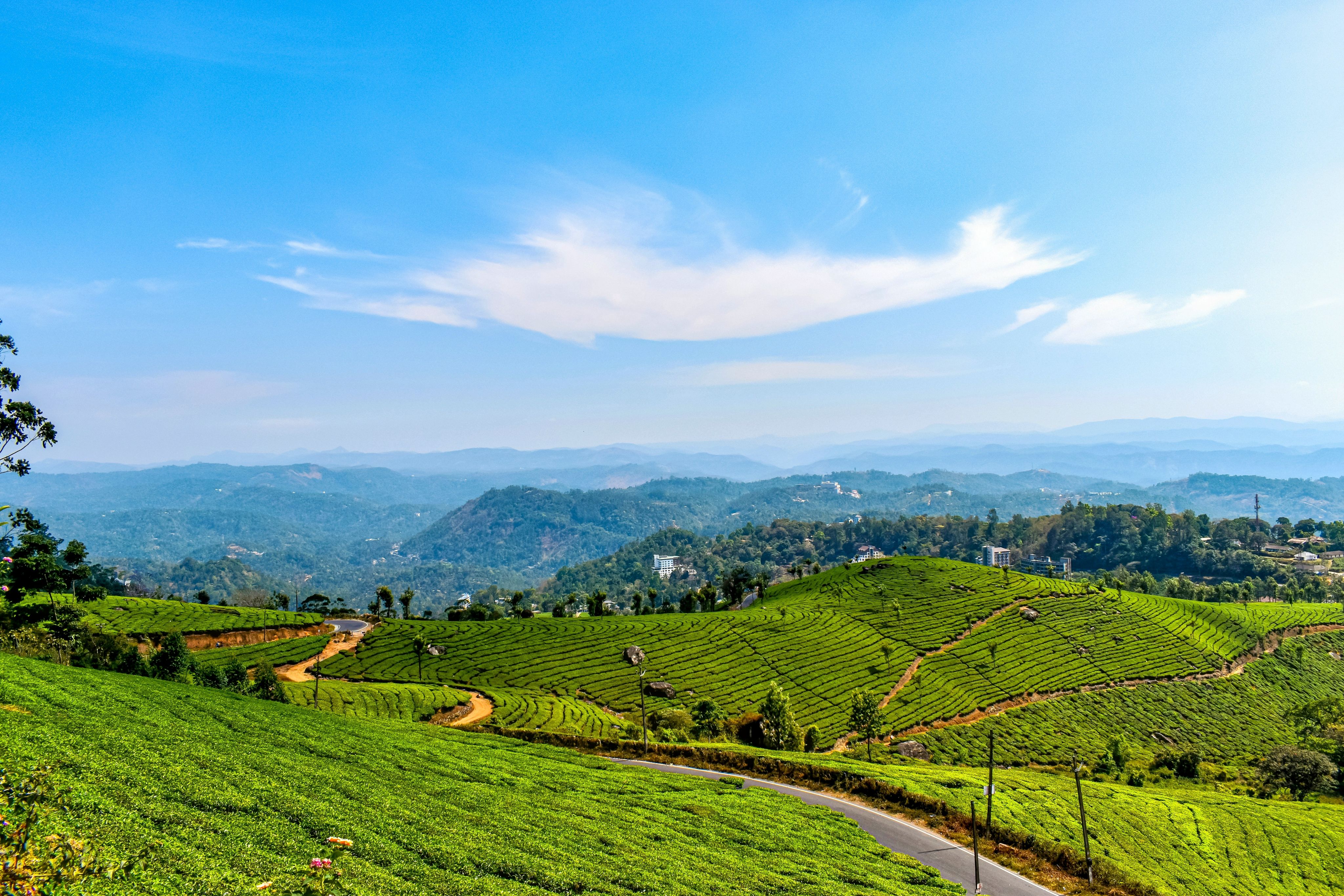
Uttarakhand
Favoured destination in 2015: 13%
Favoured destination in 2017: 13%

Himachal Pradesh
Favoured destination in 2015: 11%
Favoured destination in 2017: 14%
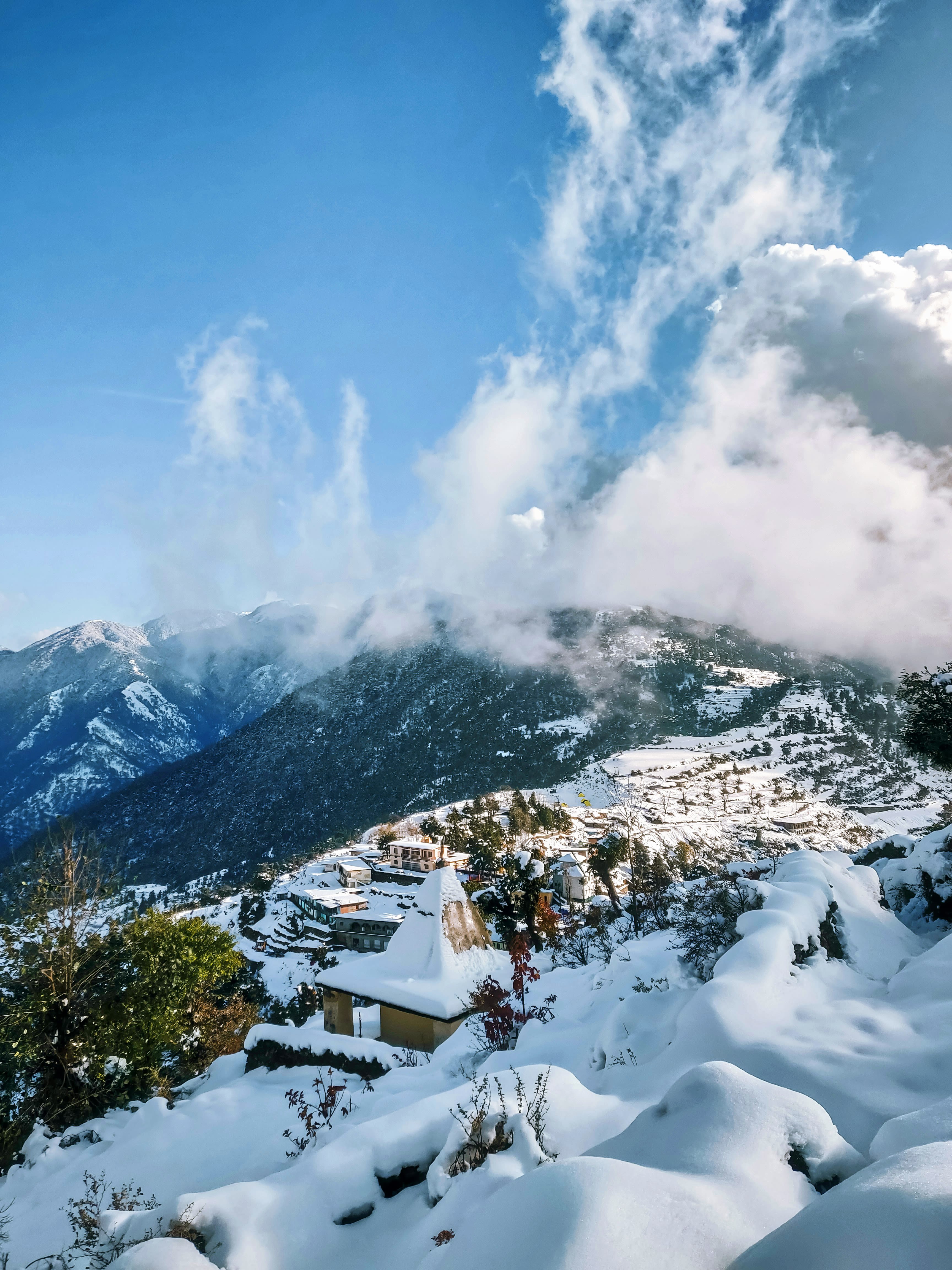
Rajasthan
Favoured destination in 2015: 10%
Favoured destination in 2017: 10%
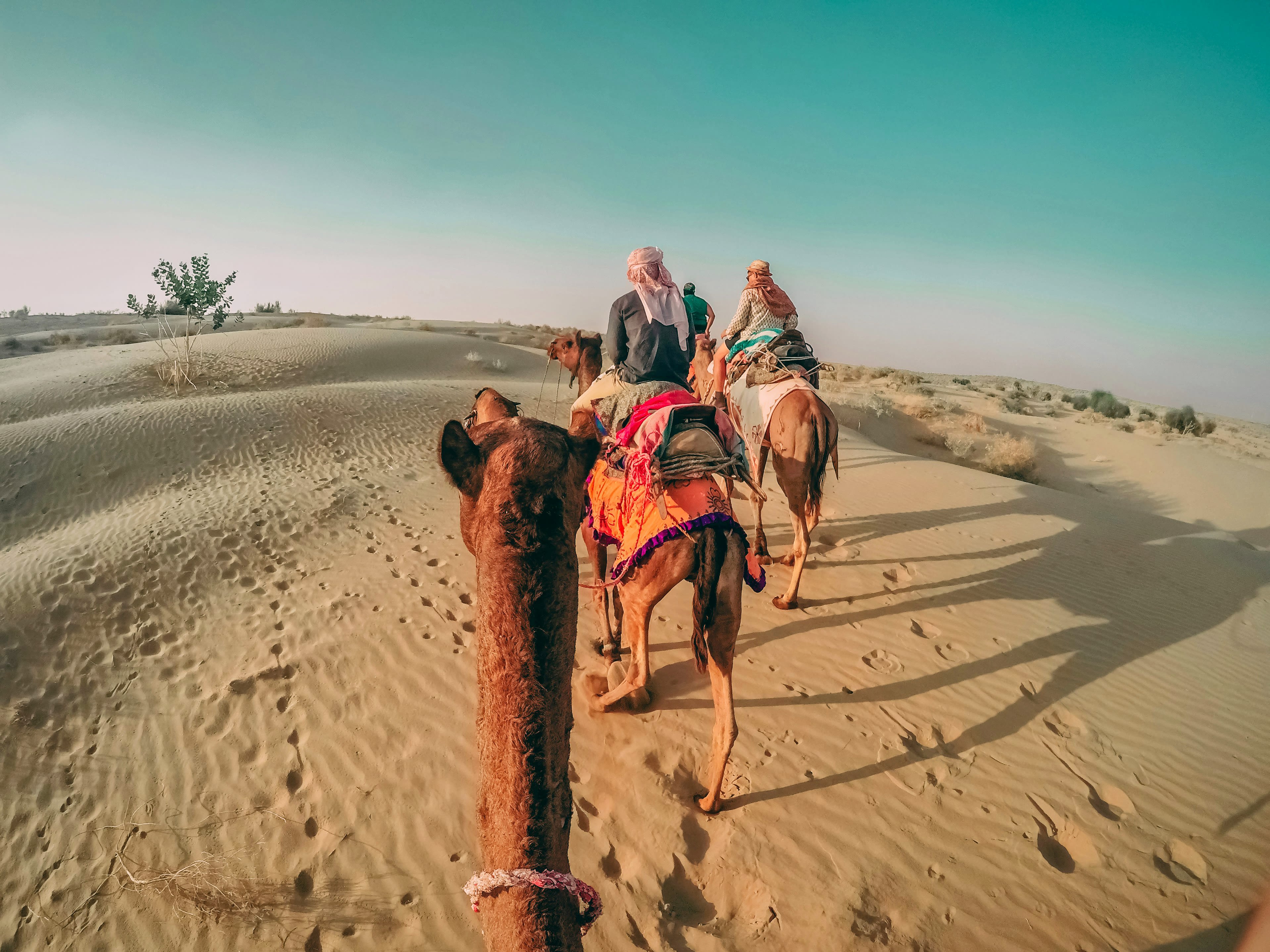
Gujarat
Favoured destination in 2015: 8%
Favoured destination in 2017: 9%
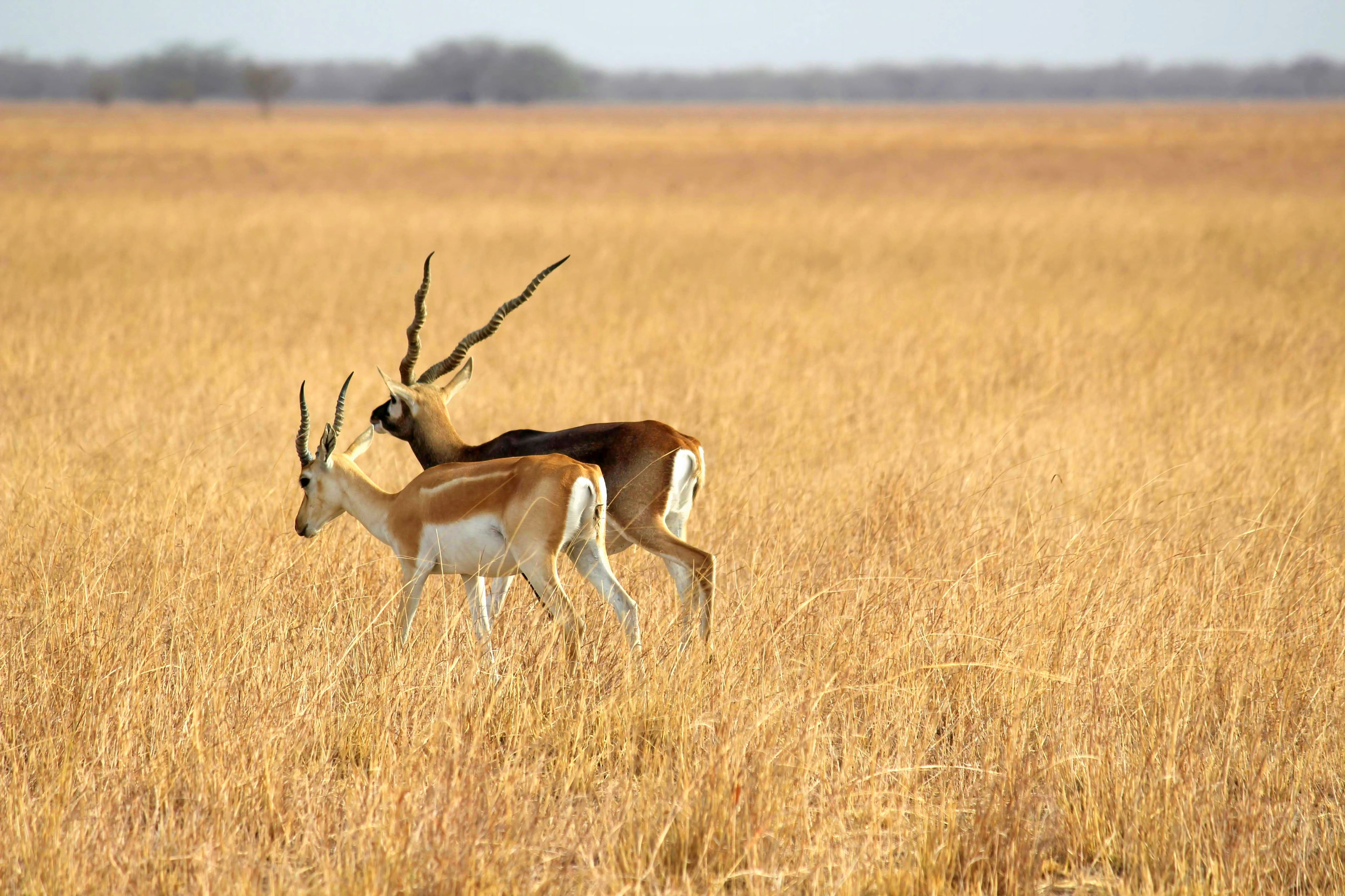
Madhya Pradesh
Favoured destination in 2015: 7%
Favoured destination in 2017: 7%
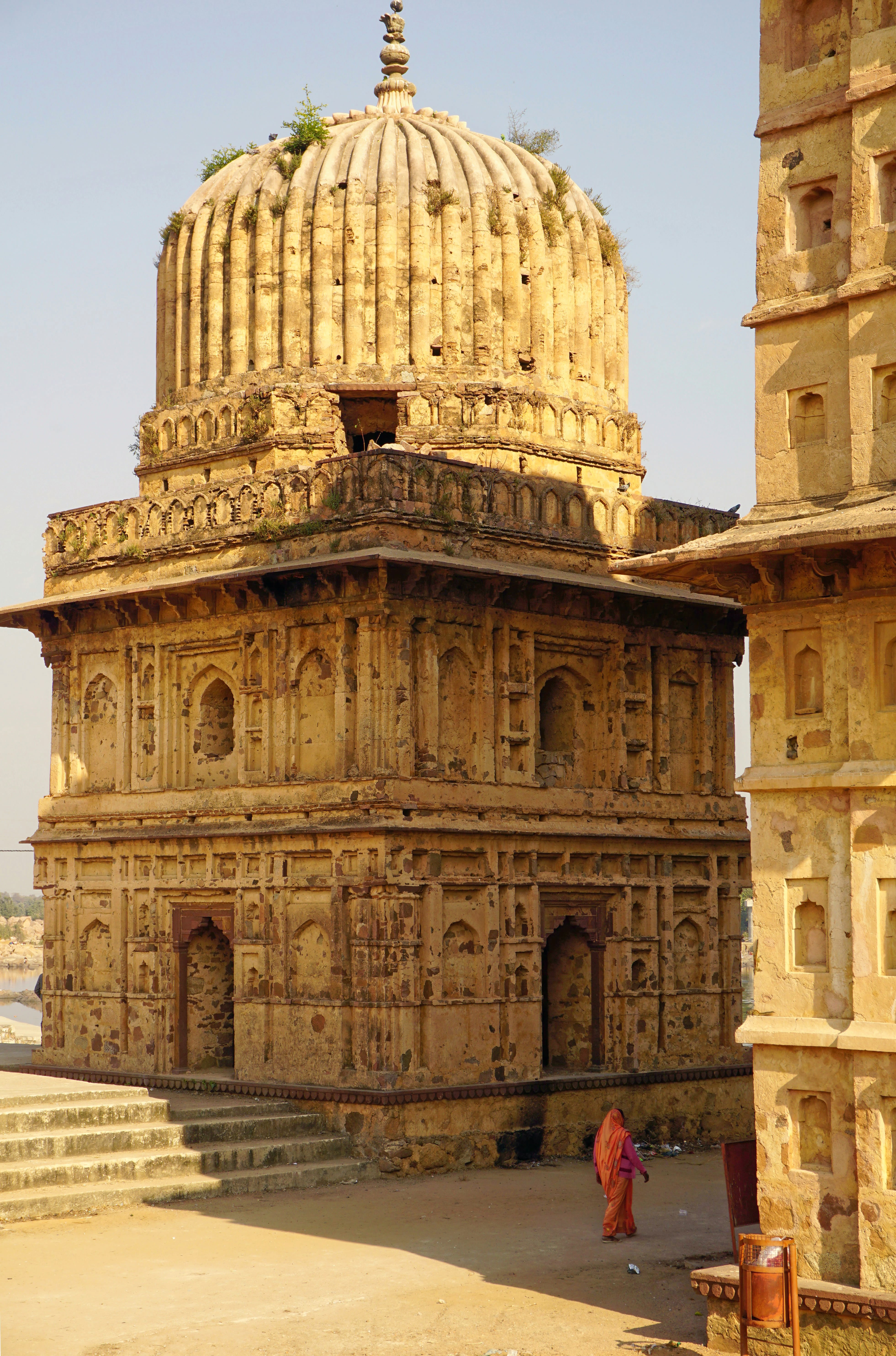
Other states
Favoured destination in 2015: 20%
Favoured destination in 2017: 21%
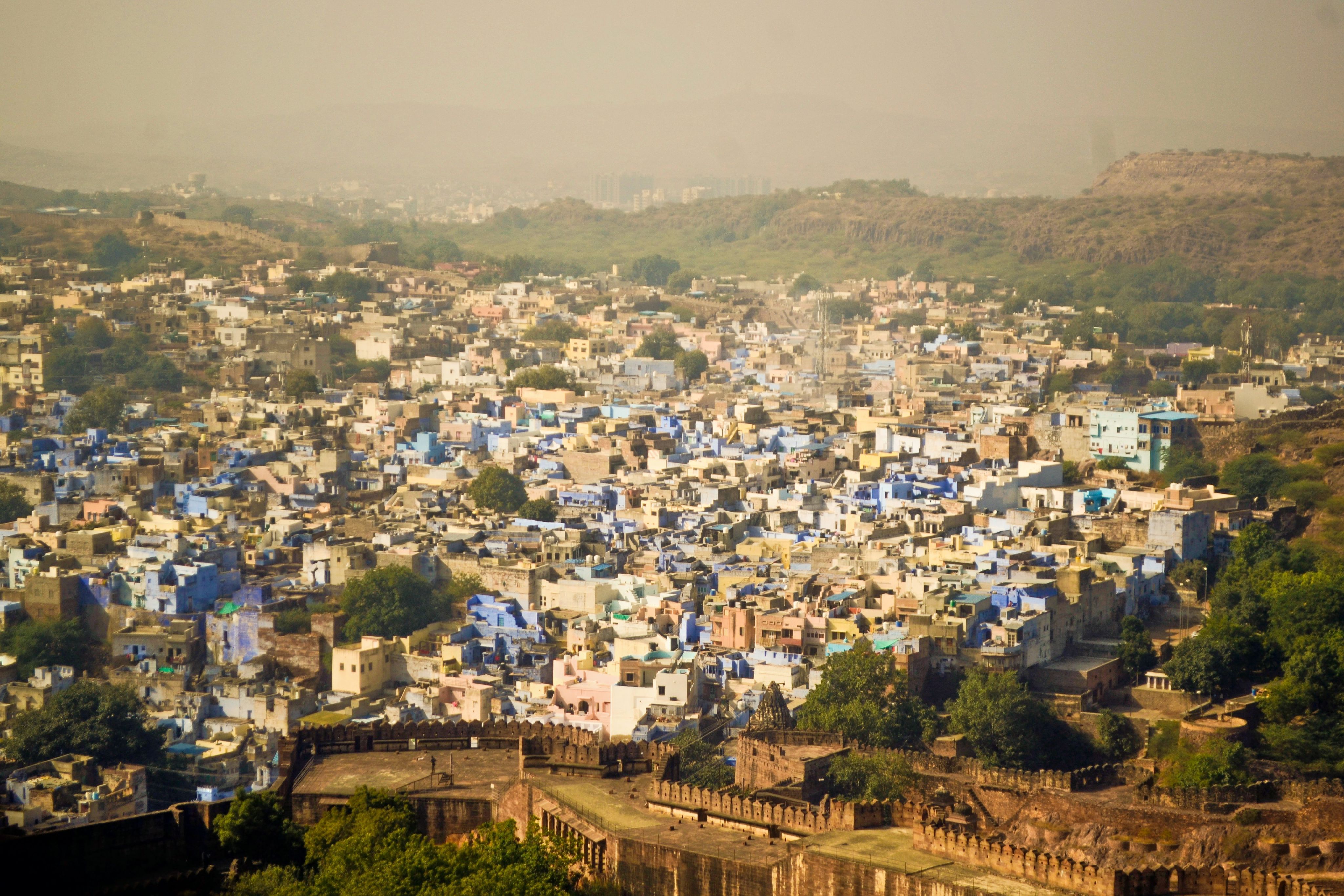
Among the most favoured destinations in 2023 were Kashmir: 30%; North East: 26%;
Andaman: 22%; Kerala: 20%; Goa: 20%
Travellers increasingly prefer soft adventure activities
Kid-friendly activities: 42% (2015), 37% (2017)
Luxury activities: 18% (2015); 18% (2017)
Long expeditions: 7% (2015); 8% (2017)
Soft adventure: 30% (2015); 34% (2017)
Extreme adventure: 3% (2015); 3% (2017)
While the Himalayas are home to some of the highest peaks in the world, the Western Ghats offer trekkers a unique opportunity to witness evergreen forests and waterfalls from close proximity.
However, overcrowding in fragile geographies and unregulated trekking have become a pan-India phenomenon. Recently, the Karnataka government had to restrict entry of people to all trekking sites after more than 3,000 adventure lovers descended at the base camp of Kumarapravatha in Dakshina Kannada district, a popular trekking destination in the state, on the Republic Day holiday.
If the Kashmir Great Lakes trek, the Chadar trek in Ladakh, the Roopkund trek in Uttarakhand, the Sandakphu trek in West Bengal offer breathtaking views of snow-capped peaks, the Nilgiri trek in Tamil Nadu and the Kodachadri trek in Karnataka offer a glimpse of unique flora and fauna of Western Ghats. The Araku Valley trek in Andhra Pradesh is also popular among trekkers as it gives a peep into the Eastern Ghats. The Ladakh and the Spiti Valley offer a diverse range of rugged terrain trekking experiences.
This unique diversity, combined with improved transport connectivity and social media influence, has led to unbridled growth in India’s trek tourism.
Even though this growth has generated jobs and revenue, there is resistance from locals, environmentalists and a few industry insiders, who fear that the rush could nip the booming industry before it blooms.
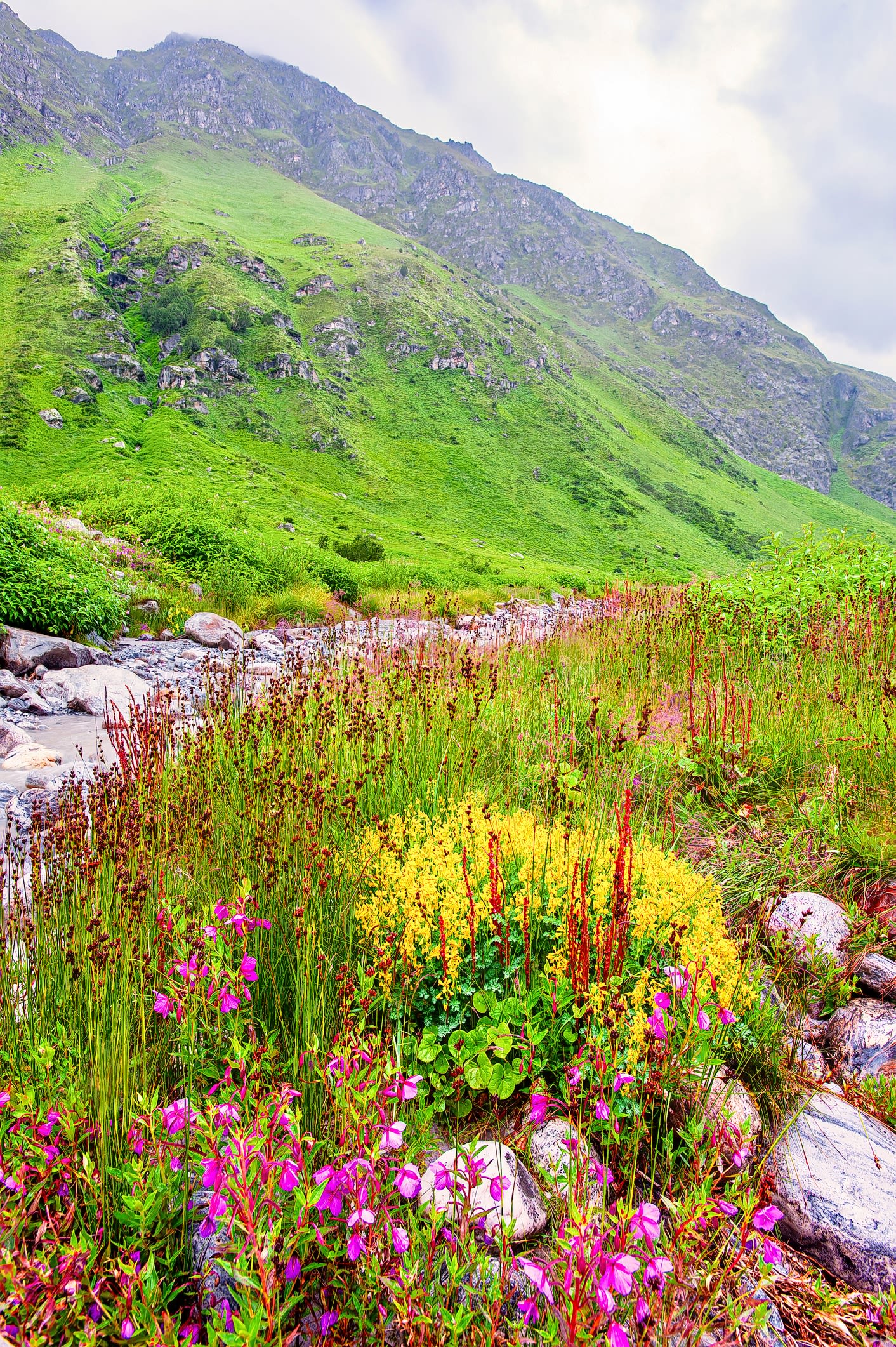
Need to take a step back?
Experts say trekking, which was once considered the best means of getting close to nature, as it leaves behind a negligible carbon footprint, has become a huge problem. Unregulated and unauthorised trekking not only impacts the sensitive ecology of the Himalayas and the Western Ghats but also puts the life of people at risk.
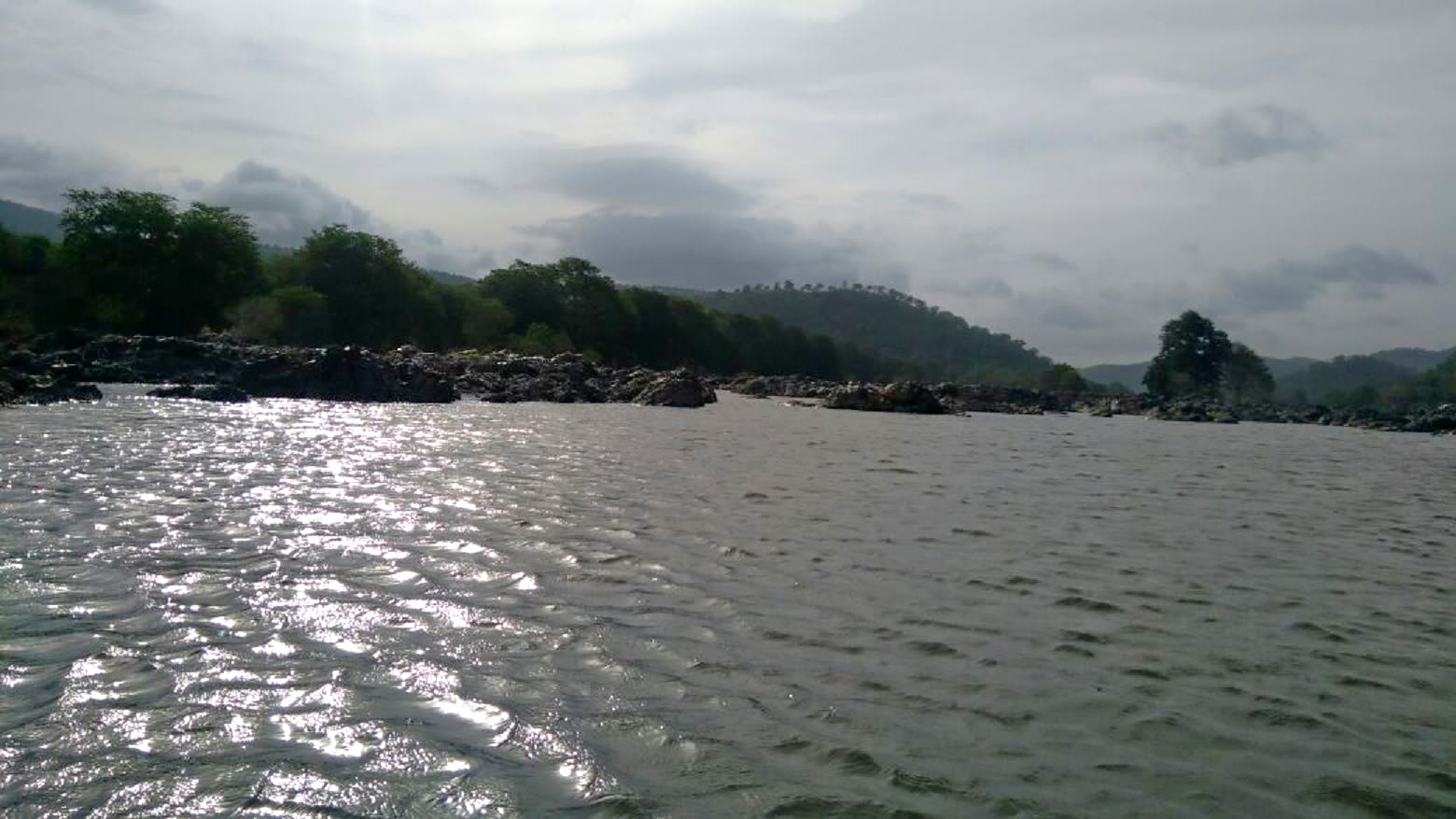
Take for instance the June 2024 incident, when nine trekkers from Karnataka lost their lives after being stranded while descending the Sahastra Tal trek in Uttarakhand. Tour operators reportedly failed to conduct proper health and fitness checks on participants — some of whom were senior citizens. One reason why the group suffered high casualties, is a low ratio of guides to trekkers.
The Uttarakhand trekking guidelines mandate the presence of experienced guides with every group during high-altitude expeditions. However, local tour operators claim that such guidelines are just on paper.
“The biggest challenge in the Himalayas is to keep the flock together with compromised eyesight and changing weather,” says Aritra Mahapatra, a flock leader and certified mountaineer.
He says in the high altitudes of the Himalayas, the weather is unpredictable. Conditions are bound to change after 12 noon. Waking people early to ensure that time is not lost and Acute Mountain Sickness (AMS) are among the major issues that trek operators face.
“The key to success is proper acclimatisation. If that is done, the rest falls in place,” he adds.
He recalls how a man twisted his leg and could not even stand during the Kedarkantha trek. “Thanks to the time and resources we had spent on emergency planning and backup, we could rescue him,” he says.
Is human behaviour an issue in the wild?

While Himalayan trek routes face the challenges of avalanches, AMS and unpredictable weather, the Western Ghats is home to thick jungles and wildlife, presenting its own set of challenges.
“Human behaviour is an issue in the wild. We have to ensure that people listen to instructions and do not take unnecessary risks,” says Mumbai-based veteran naturalist Shardul Bajikar.
He says in the wild, one is dependent on weather and geography. A major issue in the Sahyadri Ranges is that there is no centralised registry. This problem exists with the Himalayan treks as well.
“We should know who is going where. Knowing the route, map and having a backup plan is essential,” he says, pointing out that Kalsubai Peak, the highest peak in Maharashtra, has had a huge queue.
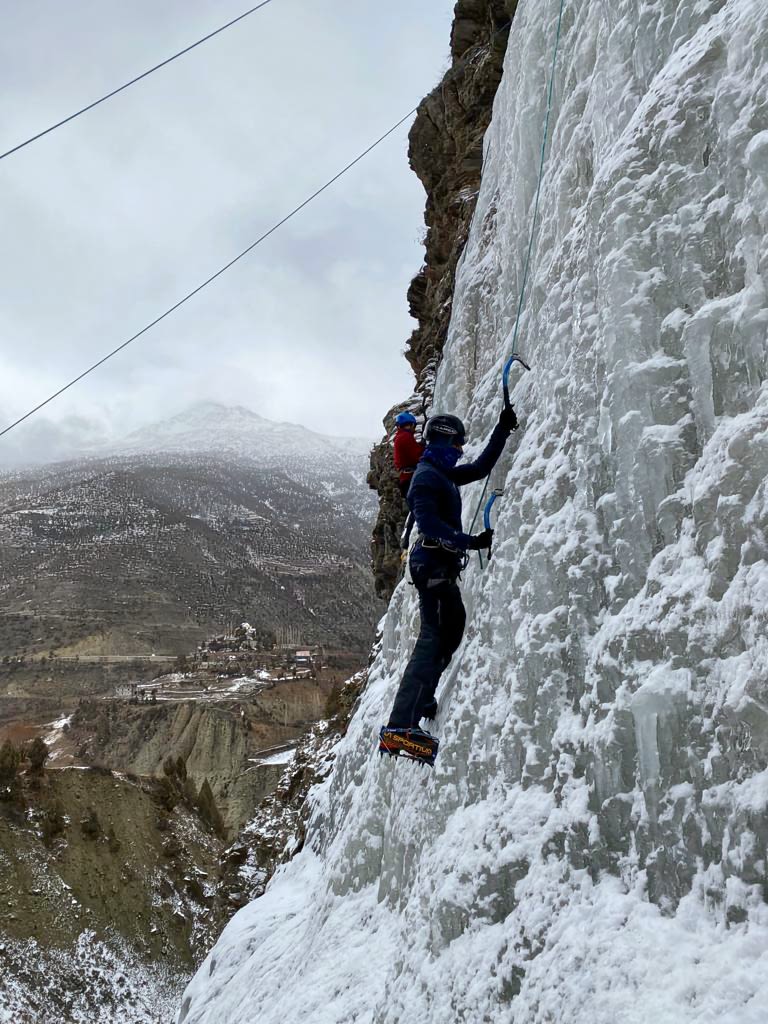
Demographic
According to a survey conducted by Thrillophilia, trekking and mountaineering are India’s most preferred adventure sports in India. Tour operators and experts say Indian trekkers are
now overtaking foreign
trekkers in numbers.

Recent trends show that age is no bar – children as young as 11 as well as senior citizens are seeking out activities that provide an adrenaline rush. Studies have shown that trekking or camping near nature has health benefits, acting as a stress buster, improving physical fitness.
For Bengaluru-based research analyst Akshatha M, trekking brings her out of her comfort zone. “The Goechala (in Sikkim) odyssey helped me understand myself. At those high altitudes, giving up is not an option. Despite altitude sickness, I realised that I could push myself to reach the summit. It showed just how physically and mentally strong I am,” she says.
Taking the right decision is imperative to avoid mishaps. For instance, in May 2023, a team of seven trekkers from Pune, along with their expedition lead Umesh Zirpe, were only 200m from the summit of Mount Meru, a 6,660 m-tall mountain located in Garhwal-Himalayas in Uttarakhand. Scaling this mountain is considered a feat.
Despite continuous snowing for two days, the team had reached this height. However, after 35 days of climbing, the weather took a turn for the worse. Zirpe had to make the tough call of pulling back his ‘troupe’.
“Mountains are always there. We can come back again. But our lives are precious,” says Zirpe, highlighting the importance of respecting nature and not making decisions motivated by bravado.
The team eventually scaled the mountain in August-September.
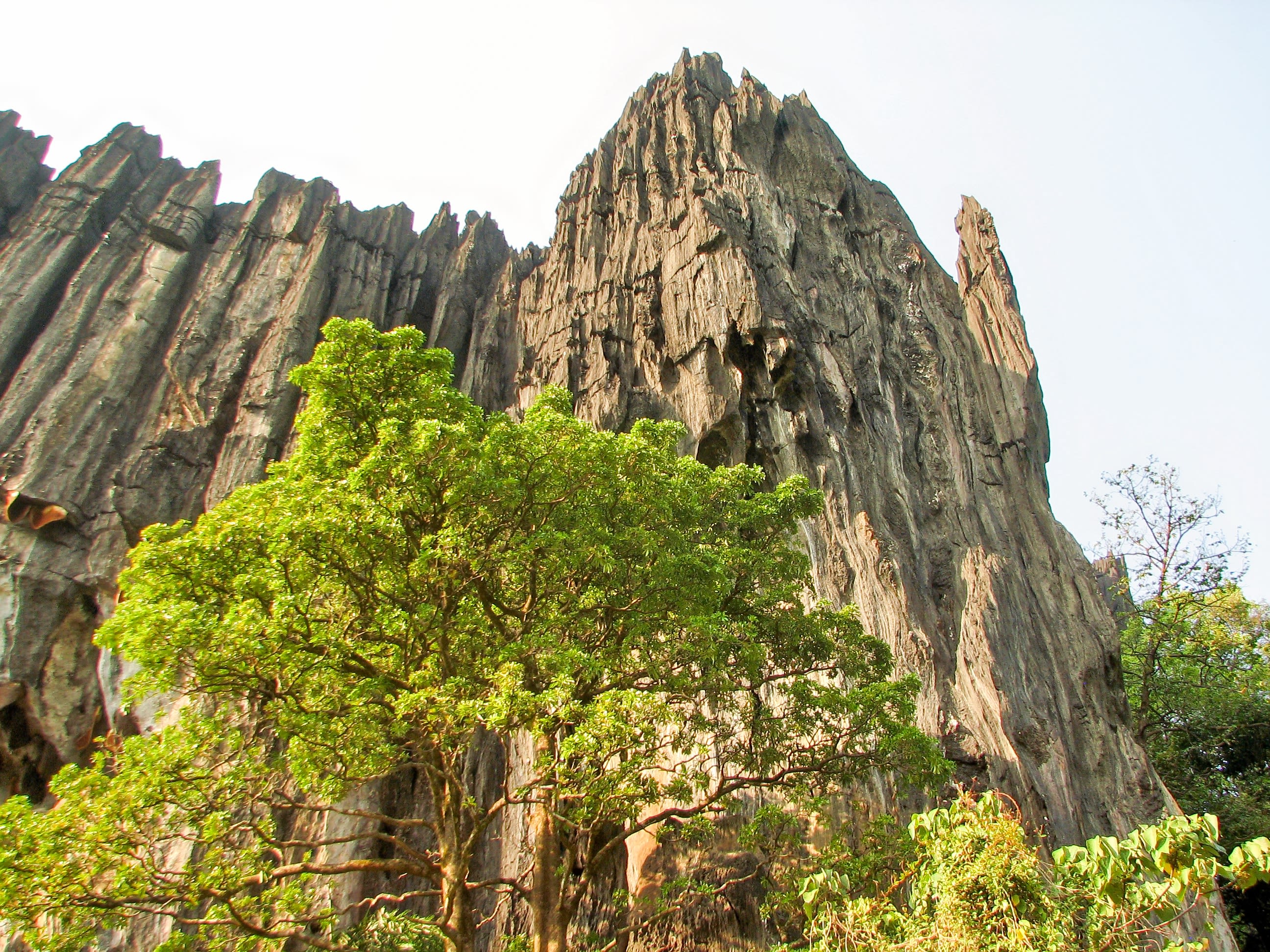
Zirpe’s decision also highlights the need to undertake such adventures only under the guidance of those who have experience. Reports suggest that a majority of tragedies that occurred during trekking or mountaineering expeditions are due to compromised safety.
The craze for selfies and reels at such sites is also resulting in casualties. Every year, the waterfalls of Uttara Kannada and Belagavi report deaths after visitors cross the danger line.
Swathi Chatrapathy of Indiahikes, a leading trekking organisation, says given the length and breadth of trekking spots in India, it is difficult for the governments to develop policies and rules that fit all. The onus of making trekking safe also lies with individuals. “It is always advisable, especially for the beginners, to start trekking with a recognised organisation that does not compromise on safety,” she says.
Trekking and mountaineering are not leisure sports. They require rigorous physical training and mental conditioning. “Be aware of the route that you are trekking. Read about it. Equip yourself with the necessary safety instruments, lifesaving medicines and others. Most importantly, check if you are physically fit enough to complete the task,” she says.
Selecting the right organiser is vital, say experts. Rakesh Pant, a co-founder of Trek The Himalayas, a leading trekking organisation, says, “A cursory Google search throws up a list of several unregistered and unauthorised individuals offering cheap packages. Often, such organisations cut corners and compromise on safety measures,” he says.
He urges that the government monitor the sector and stresses the need to impose safety measures in order to make trekking sustainable. Another area that requires intervention is trekking routes and camping sites.
In Karnataka, preferred trek routes in the Western Ghats loop around waterfalls or involve reaching a height to watch the sunset or sunrise. Most treks also involve walking through dense thickets. Some of these water cascades are in protected areas and wildlife sanctuaries where entrance is denied. “Given porous boundaries, some venture into protected forest areas to make merry. There have been several incidents when people have fallen into waterfalls and died,” says wildlife activist Giridhar Kulkarni. He supports banning entry to such places.
Policy and regulation
The founder of the Bengaluru Mountaineering Club, Neeraj Malve, says such knee-jerk reactions may not be the right approach.
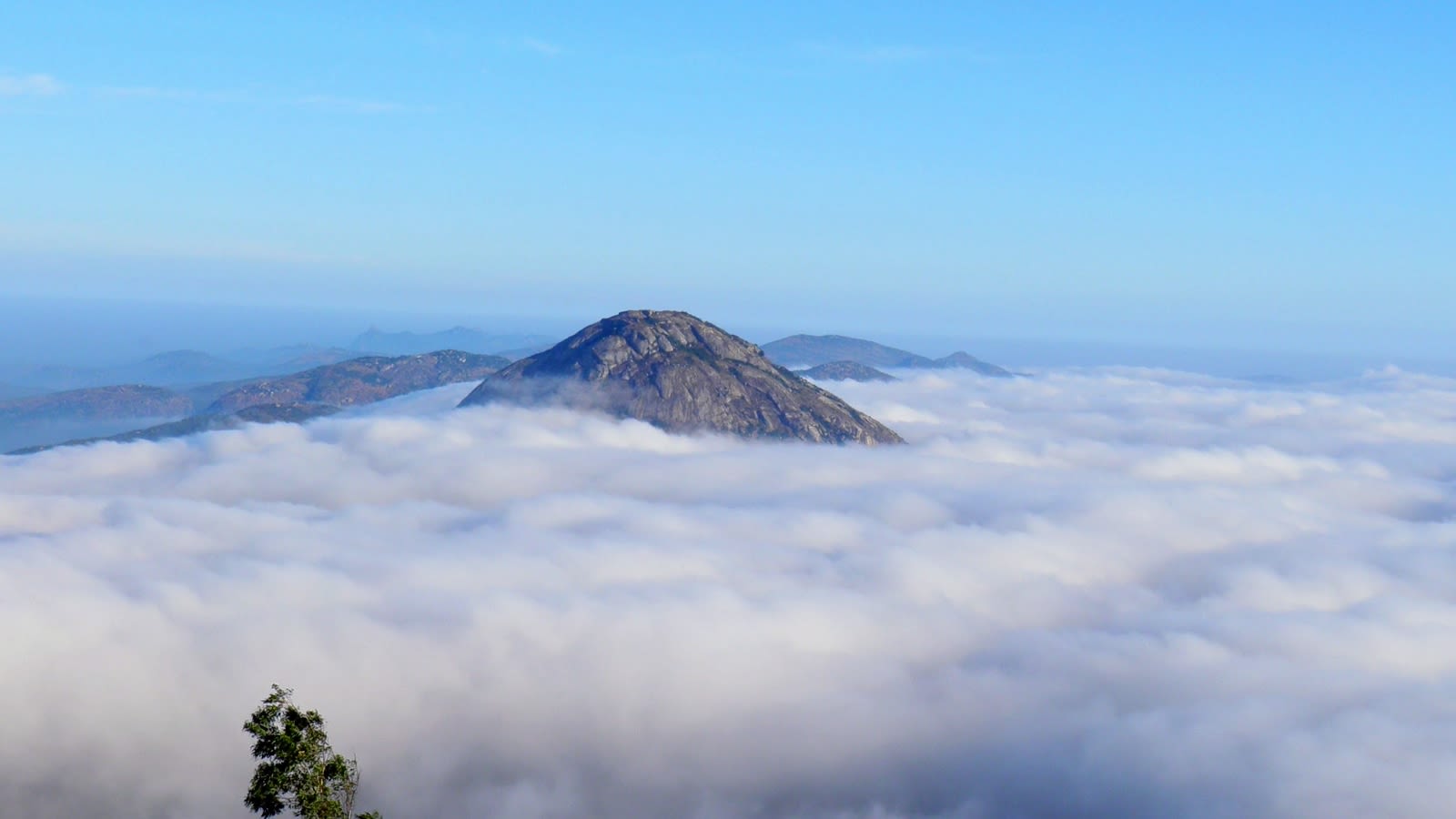
“We need people to understand and appreciate nature’s beauty and that can be achieved only when they go near it. When banned, people tend to find alternative routes to reach the place resulting in more casualties. Instead, regulate the number of people visiting these places, and put in place safety measures. Instead of tourism or forest department managing it, allow gram panchayats and village development committees to monitor the sites. The revenue thus generated can be used for the development of the village,” he says.
Unfortunately, not all states have strong regulations and guidelines in place. Uttarakhand, Sikkim and Himachal Pradesh are exceptions and have formulated rules on how to conduct treks and ensure the safety of humans. However, most states have yet to put in place a mechanism to protect the ecology and serenity of the place. Littering and open defecation remain the biggest challenges on the trekking routes.
Leave No Trace is a crucial principle that can remedy the situation. Arjun Majumdar, co-founder of IndiaHikes, says that both the central and state governments are bringing in measures to regulate the industry. Some are visible and some are not, but the journey has already begun and governments are slowly bringing in changes.
Prominent trekking tragedies over the years

June 2024
Nine trekkers from Bengaluru lost their lives during a Sashstra Tal trek in Uttarakhand. The local tour operator did not conduct thorough health and fitness checks. When the extreme weather hit, the trekkers had been left on the peak without guides.
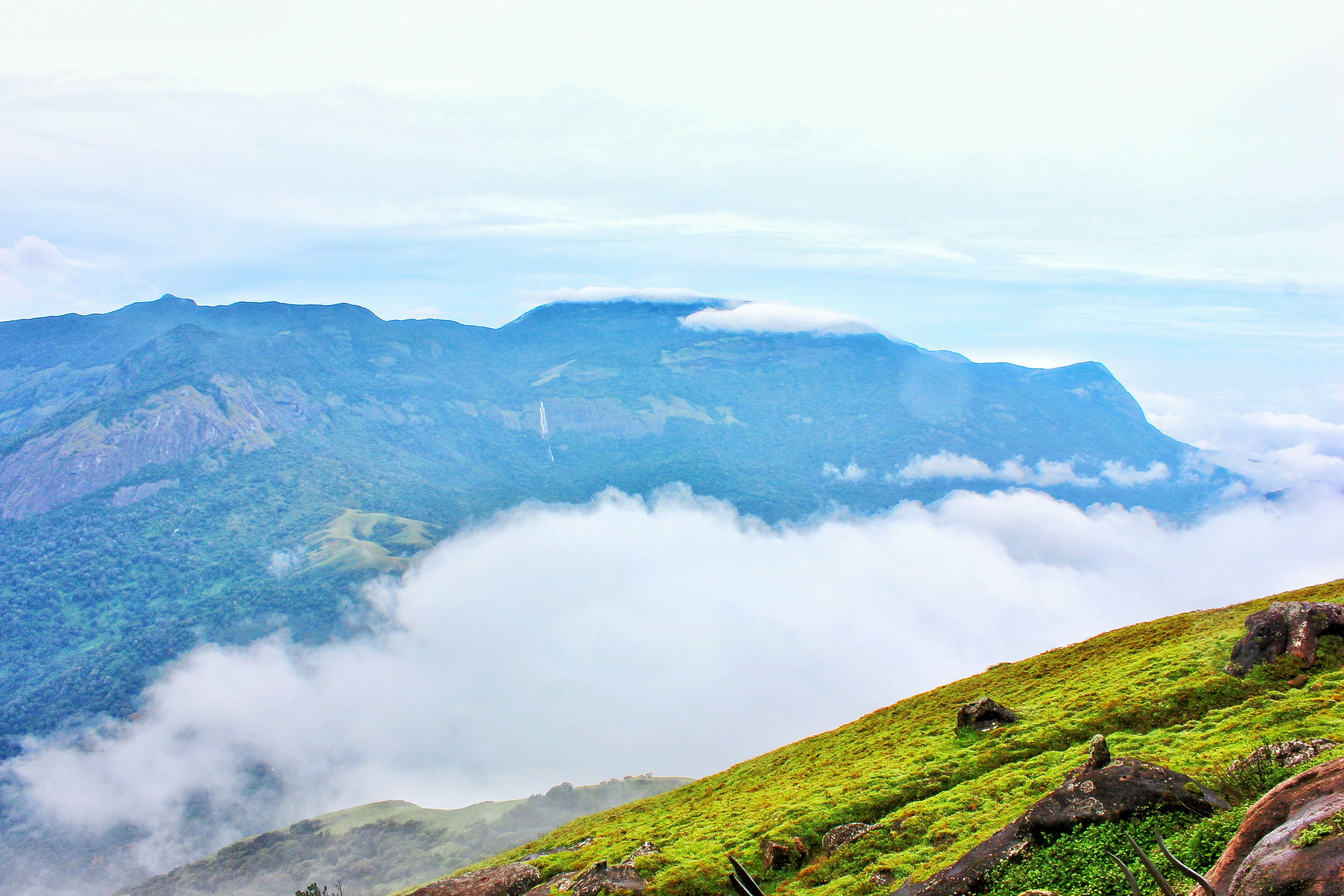
May 2024
Nine people died while trekking Velliangiri Hills in Coimbatore in Tamil Nadu after the Madras High Court allowed pilgrims to climb the mountains in February this year. The district administration has now set up medical camps at the foothills to screen people before they begin trekking.
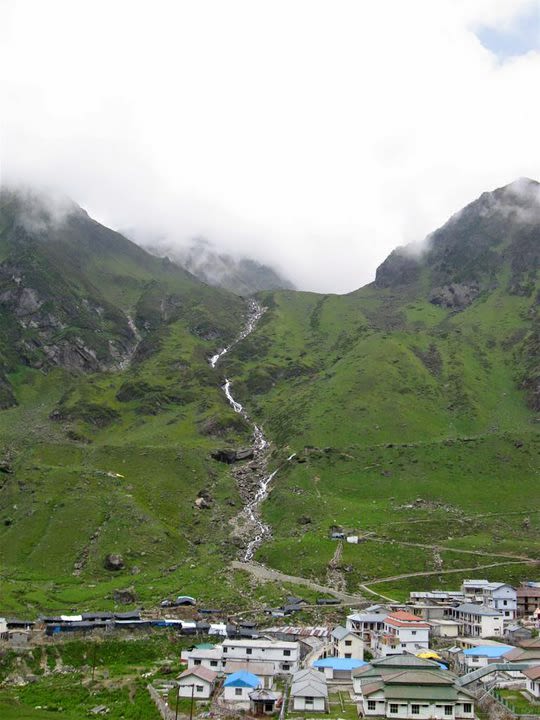
Aug 2023
At least three people died and 17 went missing after a massive landslide hit some shops in Gaurikund, the starting point of the Kedarnath trek route and about 16 km from the shrine. The debris apparently rolled down the mountainside after heavy rains.
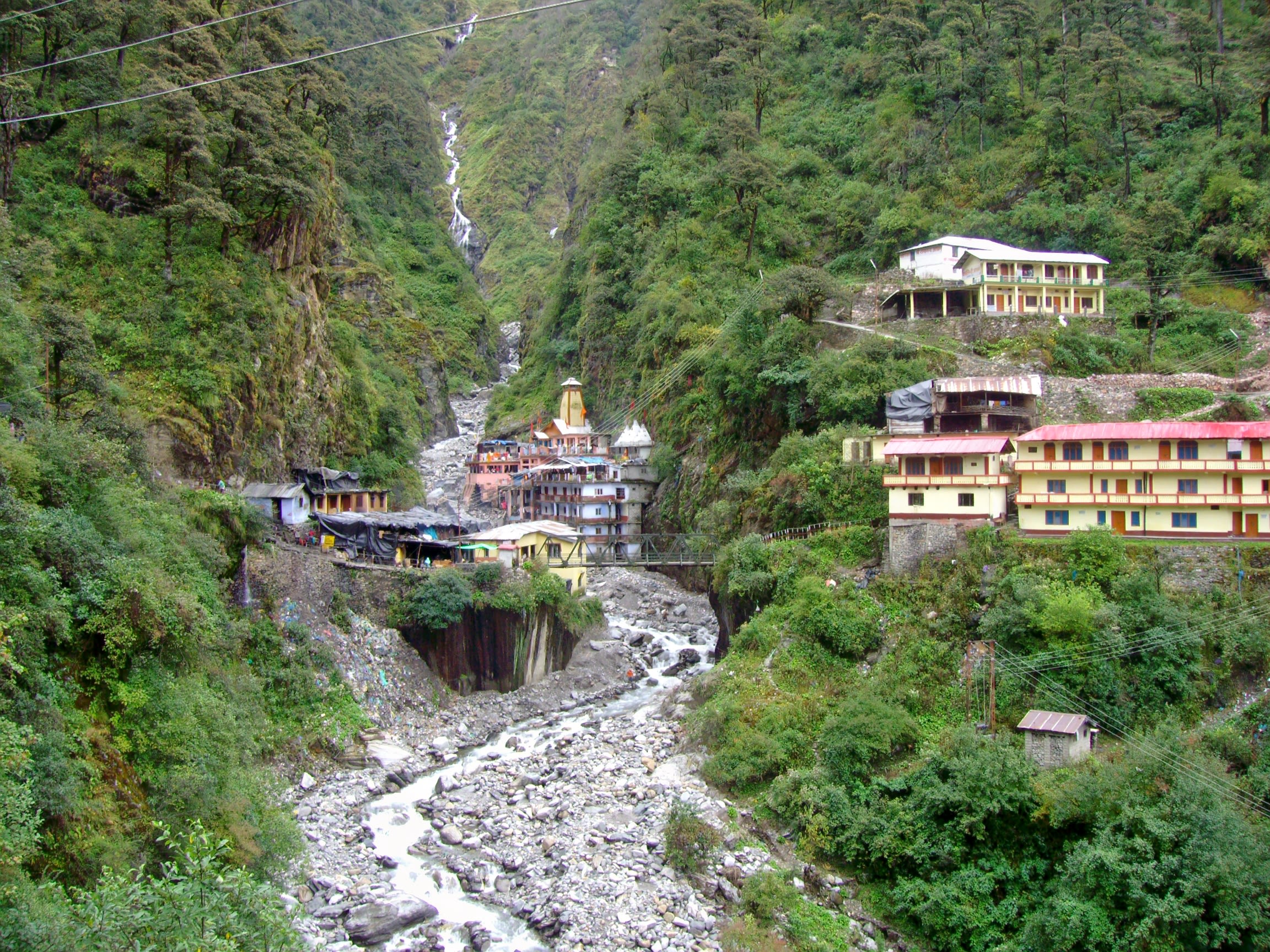
October 2022
In October 2022, 25 people died in Uttarkashi’s Draupadi Ka Danda trek after a group of 34 trainees of the Nehru Institute of Mountaineering and seven instructors of the premier climbing institution were hit by an avalanche.
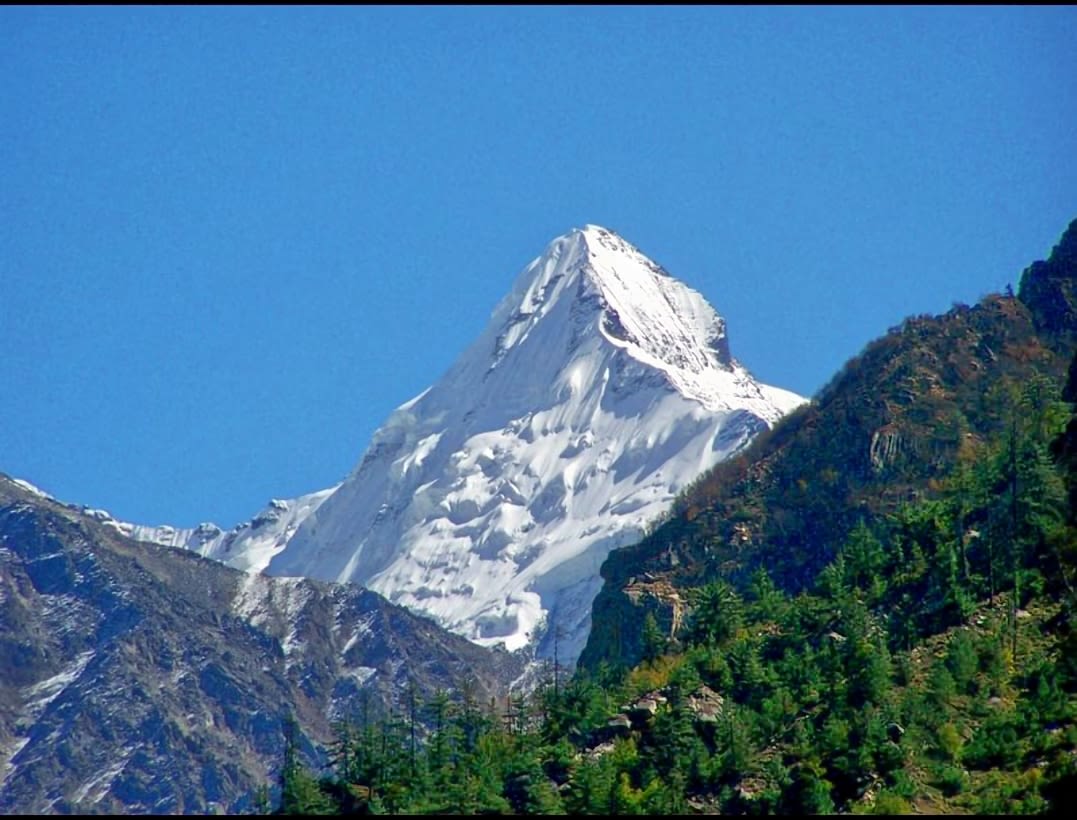
October 2021
Out of 22 trekkers who went missing at two different places, the bodies of 12 were found and six trekkers were rescued alive while four were still reported as missing near the Lamkhaga Pass in Uttarakhand, believed to be one of the toughest passes.
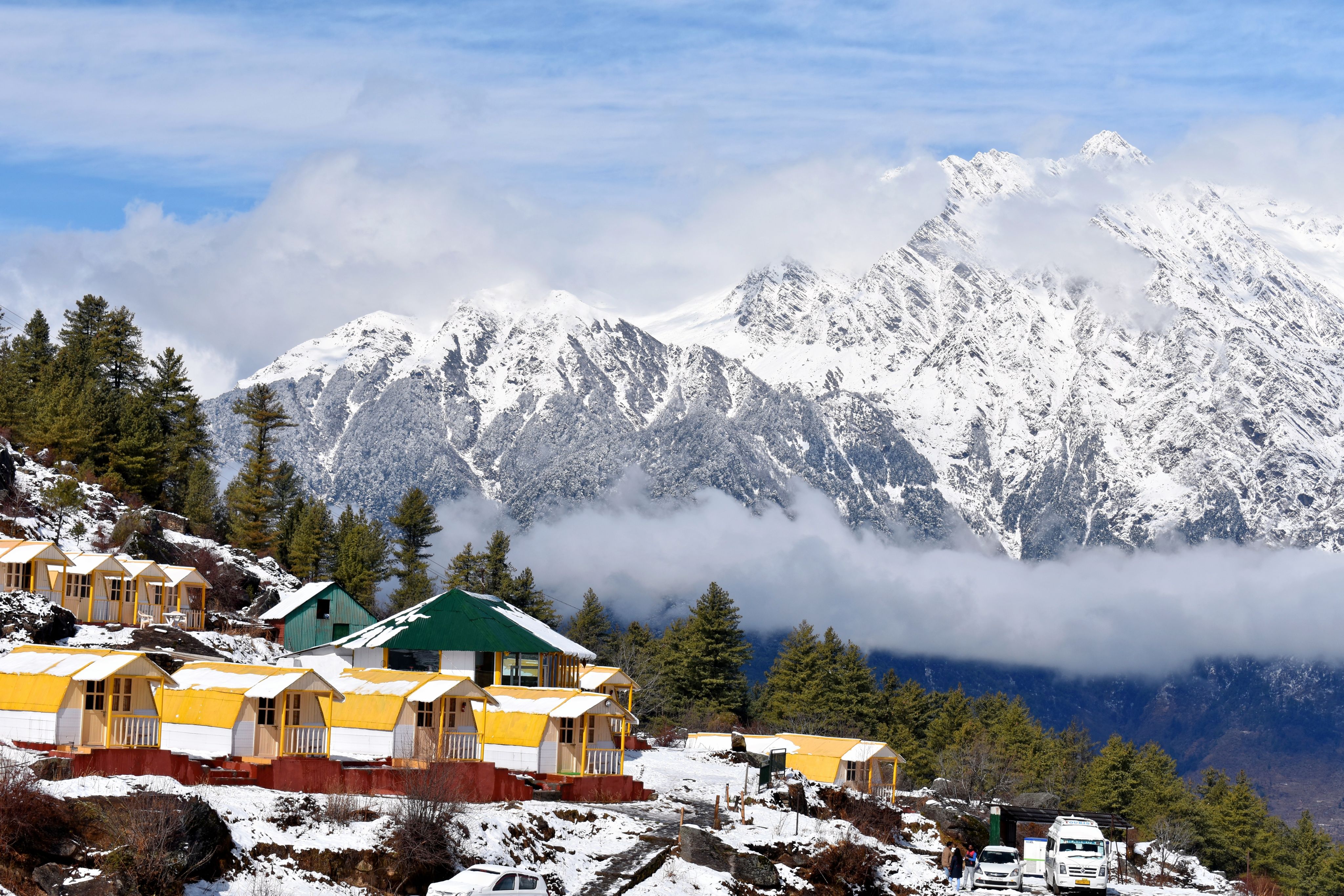
June 2019
Four Britons, two Americans, an Australian and an Indian attempting to climb the Nanda Devi were found dead a month after they went missing. Officials believe their journey to the peak may have caused the avalanche that killed them.

The trials of Karnataka's trails
Karnataka tourism department's tagline of 'one state many worlds' has proved true for trekkers who favour the rocky mountains of the state and the Western Ghats. Some preferred trekking destinations in Karnataka include: Skandagiri hills in Chikkaballapur; Tadianmol peak in Coorg; Kodachadri; Kukke Subrahmanya Temple - Kumara Parvatha trek in Kodagu district; and Kudremukh trail in Chikkamagaluru district.
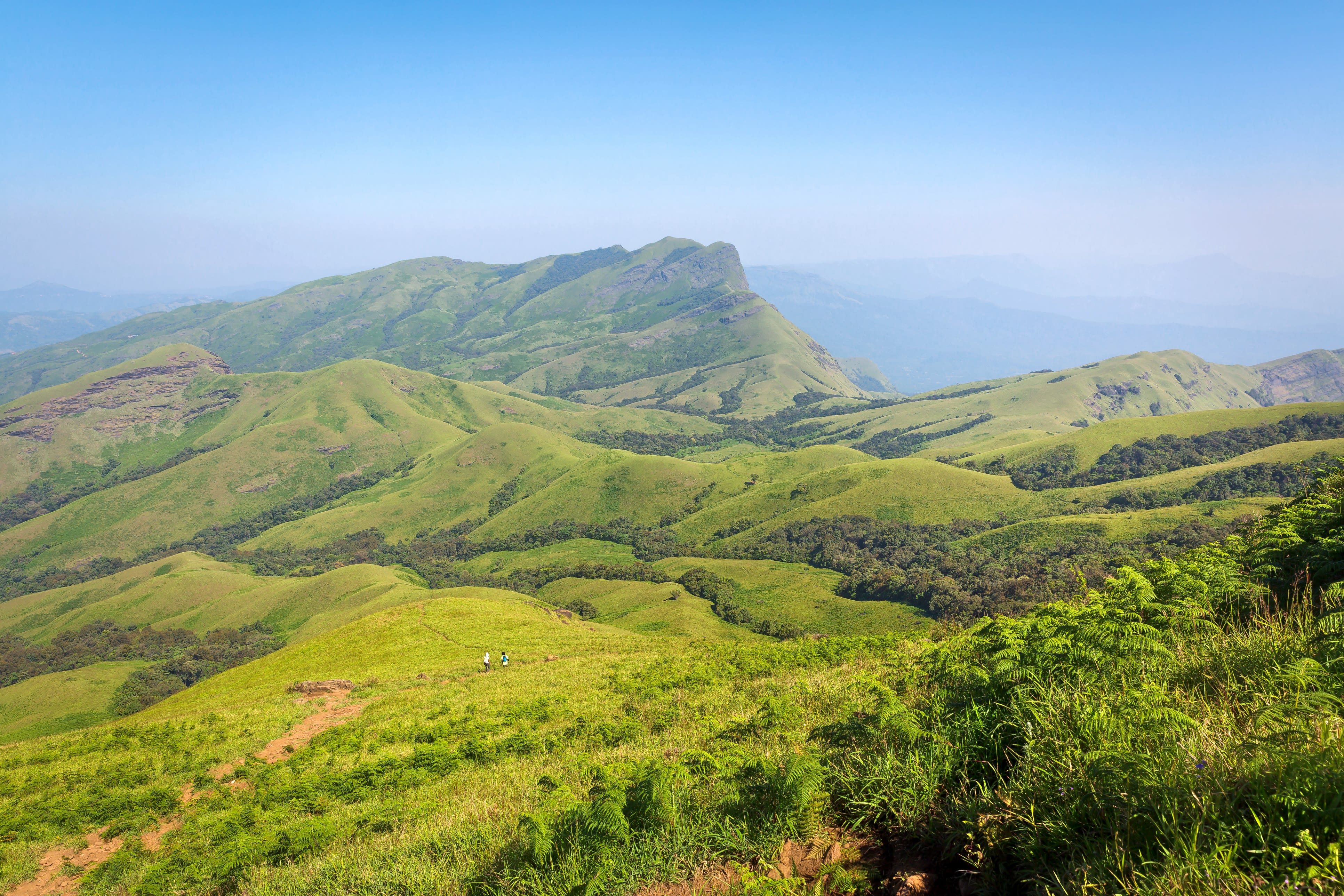
Officially, the Karnataka Tourism Development Board (KEDB) has identified 19 trekking routes that can be accessed only through online booking. While Skandagiri, Savandurga, Anthargange, Ramadevara Betta, Devarayanadurga, Kudremukh, Kodachadri and Kumaraparvata are open for trekkers, adventure seekers continue to sneak into the thick jungles of Chikkamagaluru, Shivamogga, Uttara Kannada and Belagavi in search of waterfalls. Such trekking is illegal.
Karnataka Eco Tourism Development Board (KEDB) CEO and additional principal chief conservator of forests (wildlife) Kumar Pushkar says the forest department has become more vigilant and is not allowing unauthorised trekking into the protected areas.
Action is being taken to stop such incidents. He said that all the trekking routes of KEDB are well regulated with a fixed maximum number of trekkers for each of the routes. The booking is done through KEDB's online portal. Pushkar says the Karnataka Forest Department will streamline the online registration process for specific trekking routes by the end of next week.
A study is being conducted to understand the maximum carrying capacity of each trek route and based on this study, we will allow a limited number of trekkers to climb the peaks," he says.
Production by: Shobhana Sachidanand
Data compiled by: Sweekruthi K & Varsha Gowda
Data source: Thrillophilia, Thomas Cook
Images: DH File Photos/ Wikipedia/Unsplash/Pexels/iStock
